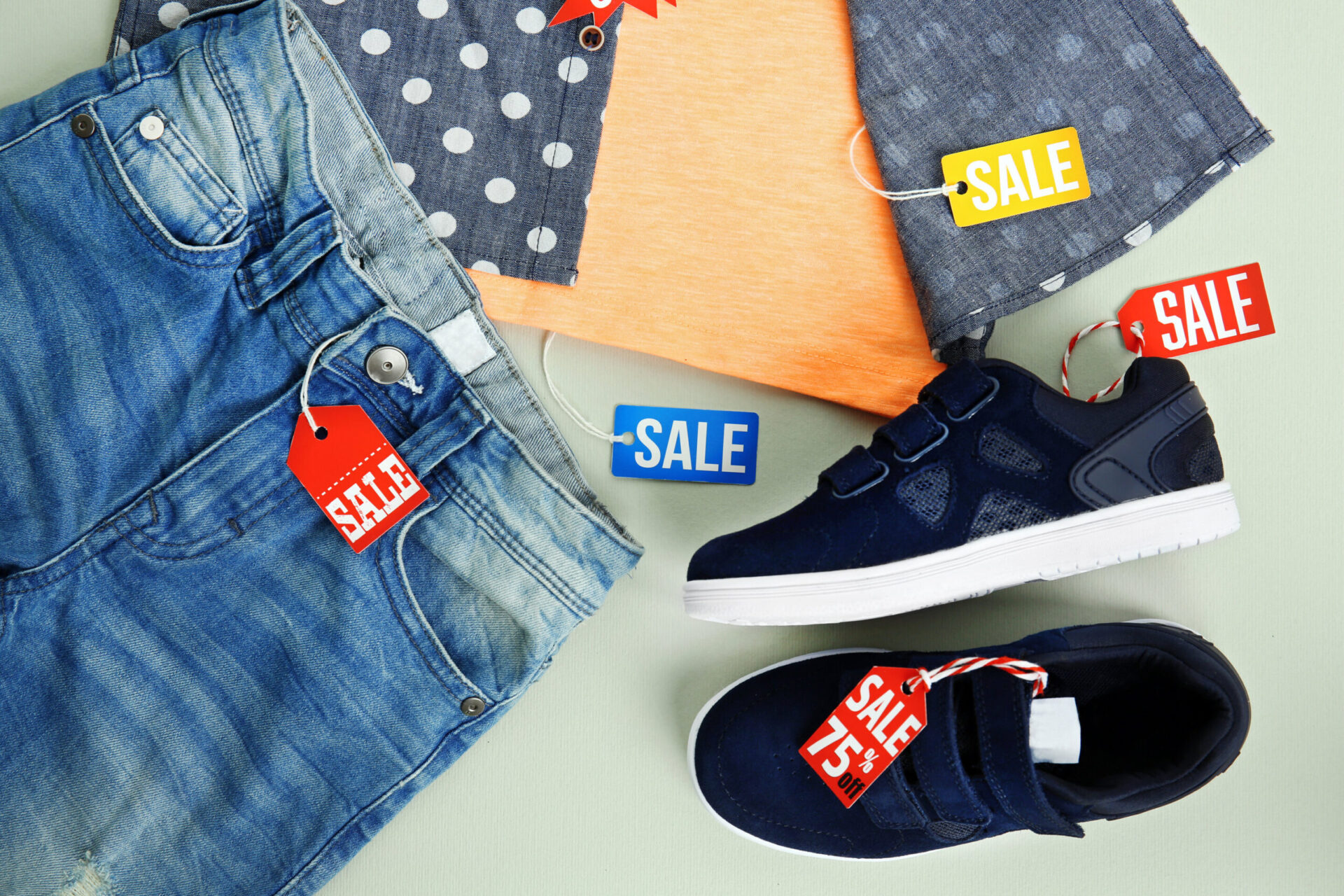Robert Lockyer, CEO and founder of Delta Global, a packaging provider for luxury fashion retailers explains how recent shifts in consumer sentiments could have a damaging impact on the industry in terms of sustainability, reputation and profitability.
Changes in consumer needs, expectations and behaviours are to be expected over time and, in many cases, patterns can even be predicted. But what retailers must remember is that meeting them sometimes comes at a cost, which is what we are seeing with the most recent round of shifts.
Specifically, demand for discounts and surging social media pressures are impacting brands and the industry as a whole negatively.
Discounts and deadstock
Price has always had an influence on many consumers’ purchasing decisions, particularly when it comes to clothing and accessories. Although not a new shift, the coronavirus pandemic and its economic impact are likely to have made this an even more prominent consideration going forward.
Naturally, consumers are therefore drawn to fast fashion, sale rails and deadstock discounting because of the cost benefits they offer which, again, will only become more popular as the world enters an economic downturn.
Not only this but the efficiency and speed at which items can be bought online and delivered to your door also adds to the appeal.
But, whilst consumers reap the rewards, retailers’ reputations and revenues are left with the consequences. Fundamentally, fast fashion business models are built on buying in bulk to lower costs, resulting in overstock issues which they then have no choice but to discount even further or throw away.
Of course, this poses a clear environmental issue as the industry’s contribution to landfills increases as a result. And, similarly, supply chains are often inundated with complaints regarding unethical practices which pose significant reputational damage too.
Although the luxury market follows a slightly different model, an attempt to meet these changing consumer needs is likely to devalue the brand and reverse any sustainability efforts.
So, with price not a factor to compete on, focus should turn to educating consumers and inspiring a shift towards more sustainable habits. For instance, brands should instead be encouraging a circular economy with an emphasis on quality and longer lasting pieces which can be kept or sold on the second-hand market.
As well as this, a more streamlined process from factory to shop floor or website can help to reduce costs which can be a better way to appeal to consumers on a tighter budget. This also reduces waste in terms of deadstock, extra materials and storage.
Ultimately, the ideal model will involve the manufacturing process being determined by demand, so little or no deadstock is created. Better connections between stages in the supply chain, or fewer of them, will allow stock to be delivered in time for demand, so consumers have the convenience of getting items as and when they want them, rather than a season in advance.
That being said, there are brands getting it right. Recognising the need for good quality and accessible fashion items, HEAT have come up with a sustainable solution which offers value for money whilst ensuring surplus stock is still desirable. They uphold the values of the brands they work with, helping them to acheive their goals, whilst giving the customer a high end, well-packaged item which is fully recyclable. With the ability to still make a profit with on trend items, as well as deliver an exciting unboxing experience, consumers should look to ‘bag a bargain’ with brands that are looking to assist the needs of customers and our environment.

Behind the lens
Instagram in particular is also at fault for encouraging many of the unsustainable consumption patterns we see today. The idea of not wanting to be seen in the same thing twice has long been an issue but with the permanency of a picture posted to the grid, outfit repeating has become a rule not be broken. With long-trending hashtags such as #OOTD (outfit of the day) posted over 323M times alone, need I say more?
This has provided even greater incentives to shop from fast fashion retailers, who provide a cheap and convenient way for consumers to get their hands on on-trend items that they can wear once without breaking the bank.
Reinforcing this behaviour is the never-ending feed of micro-influencer content, much of which is endorsed by giant fast-fashion retailers. For those who have found a profession on the social media platform, creating content that stands out in users’ saturated feeds is the new goal, which is causing trends to evolve faster than ever before.
Although many would like to think they are not affected by the power and prominence of such platforms, the spike in social media usage during lockdown proves otherwise. And, with two thirds of those who follow influencers predicted to continue with their increased usage post-lockdown, growing pressure to keep up can be expected.
Despite this, a shift towards greater ethical awareness is emerging, with consumers paying more attention to the practices and process of brands and their stances on societal issues. However, whilst users are quick to vocalise outrage on their platforms, it is uncertain whether activism is simply an image-boosting activity or something that is backed by real action and changed behaviour.

Packaging
In many ways packaging has become a by-product of these shifting unsustainable consumption habits. Typically, polythene packaging is cheaper to source and produce than eco-friendly alternatives, which often require investment and longer-term commitment in order to break even. Therefore, plastic bags have been the go-to for brands and customers seeking cost-efficiency for many years.
Generally, the luxury market has strayed from the use of polythene as it devalues the high-end image brands want to portray. However, whilst materials may appear to be eco-friendly, the true test comes with how widely recyclable, durable and reusable they are.
For example, many boxes contain magnetic fastenings which cannot be recycled, as is the case with any decorative ribbons or other elements. Similarly, those of a lower quality do not last long and can therefore not be kept or reused, diminishing their eco-friendliness.
Brands should be aiming to reduce the need for packaging to be thrown away or, at least, making it as straightforward as possible for it to be recycled. This is particularly important in the current climate as consumer anxieties surrounding virus transmission are high, meaning packaging is more likely to be disposed of to avoid chances of contact with infected surfaces.
In this case, rethought solutions and education needs to go into how consumer concerns can be allayed. For instance, high quality, water-finished boxes can be wiped down and reused, helping both customers and the environment.
Ultimately, packaging must add to the value of the customer experience, rather than simply a by-product of their purchase for real change to take place.
It’s time for the industry to regain control. Rather than feeding consumers’ bad habits, collective action needs to go into educating and encouraging better ones, making both the industry and society more sustainable as a result.
















